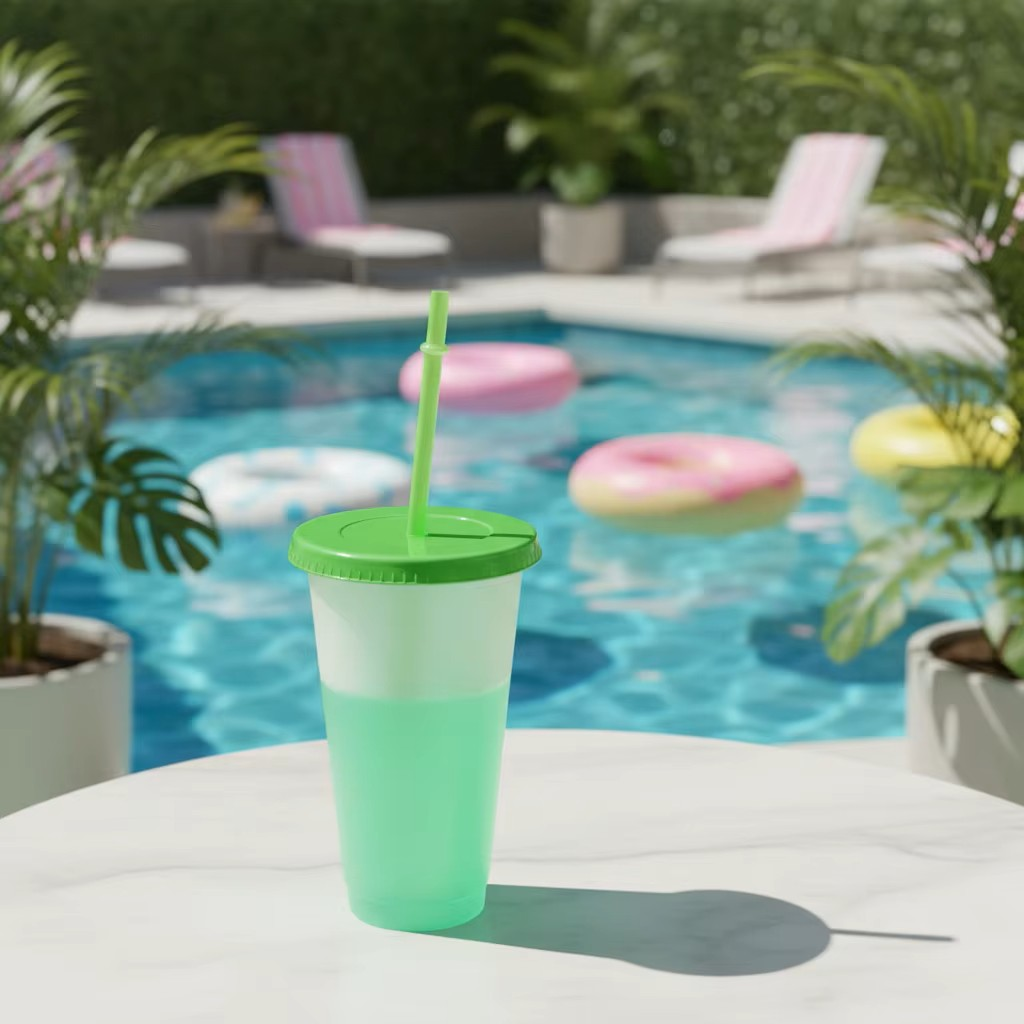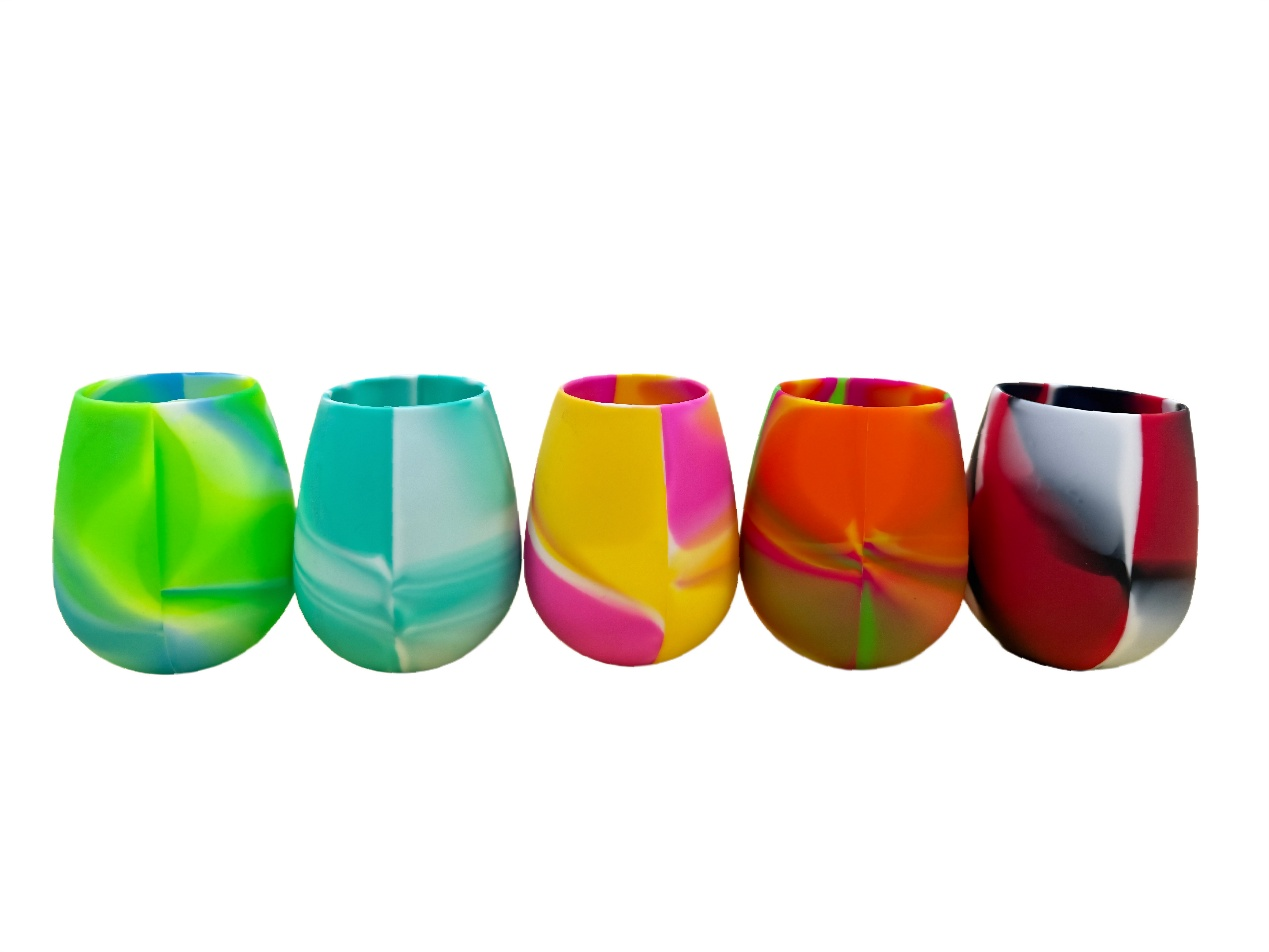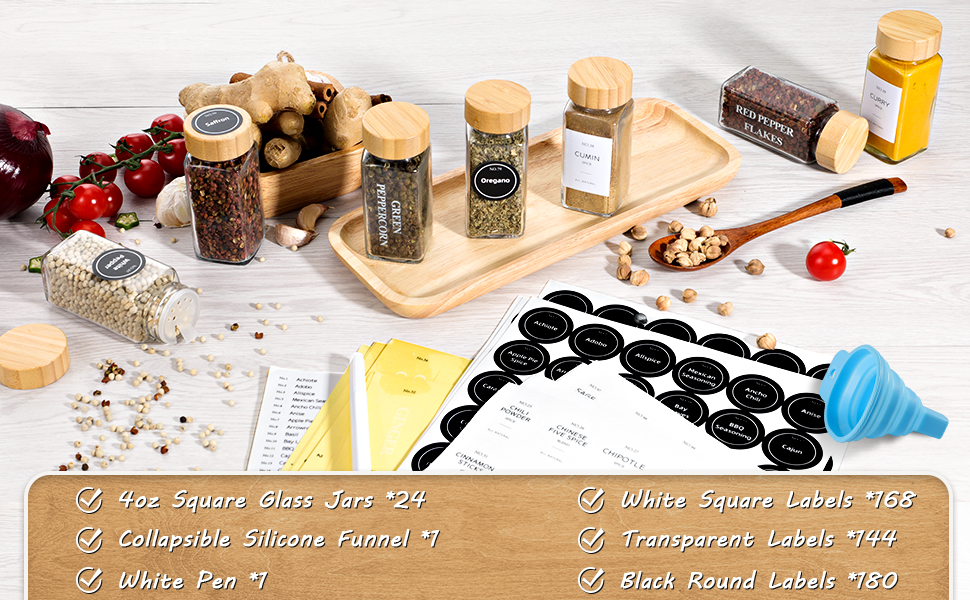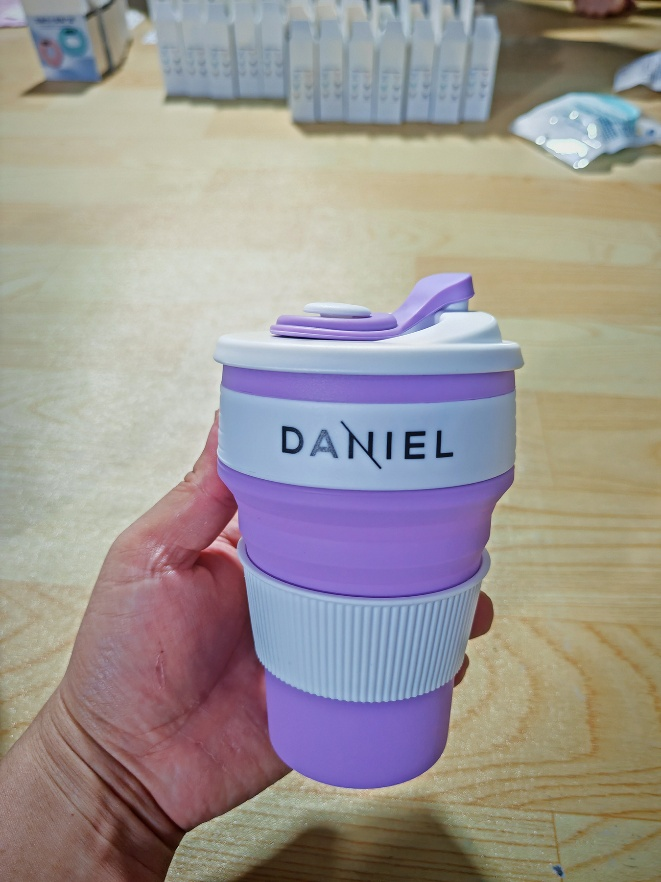Hard water refers to water supplies that absorb large amounts of minerals (mainly calcium and magnesium) from the earth. If water is deficient in these minerals, it is described as "soft". Water can soften naturally (water sources from lakes and streams often soften naturally). Or softened by manual treatment, or softened by internal water treatment equipment such as the municipal water company or a water softener.
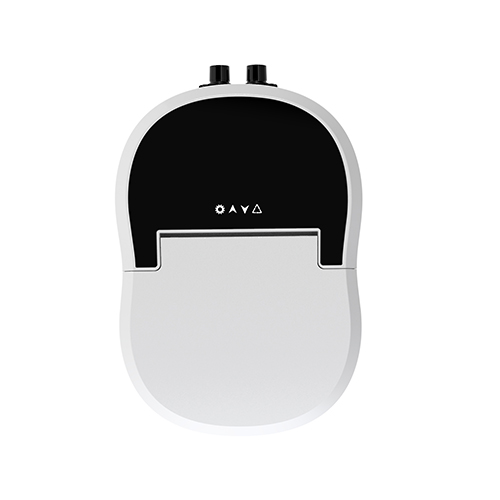
What is a water softener?
A water softener is a filtering device that removes calcium and magnesium from water.
The properties of the rock harden the groundwater supply into which rainwater seeps as it filters from the surface. Groundwater reservoirs in areas with high limestone, Cretaceous, and gypsum content typically contain hard water, and the predominant rock is granite or other low-calcium stone areas with natural medulla. The water also hardens in areas where some agricultural amendments such as lime are used heavily.
Sulfur content is another manageable issue. The telltale signs of excess sulfur in the water are an unpleasant odor and brown or reddish water. This can also lead to corrosion or bacteria in drinking water.
Problems caused by too strong water
Drinking hard water rich in soluble minerals like calcium and magnesium does not cause health problems. In fact, small amounts of this mineral are essential for health. However, at high levels, minerals can accumulate in pipes, plumbing fixtures and appliances, preventing function. For example, mineral scale on a faucet or water heater can shorten the lifespan. Some people have reported itching after bathing or bathing in water that is extremely mineral-rich. Hard water also reduces the ability of the soap to lather. The minerals combine with the soap to form a sticky crumb. For example, if a plate has water stains, it could indicate a hard water problem. This sticky crumb is also difficult to wash off clothes or hair.
Common types of water softeners
There are many types of water softeners in common use.
Ion Exchange: By far the most common type of home water softener. Works by removing calcium and magnesium ions and replacing them with sodium ions, which do not have the damaging effects of calcium and magnesium. This is familiar equipment, including a jar of salt grains. If you have a water softener at home, it might be this type.
No Salt: This device uses a mechanical filter to remove calcium, but it doesn't work well in very hard water. Magnesium is not removed.
Reverse Osmosis: This equipment filters water through a reverse osmosis membrane, removing up to 98% of water impurities. This is an expensive tool and uses a lot of water. But the equipment is very good at removing other chemical impurities as well as calcium and magnesium. However, the use of reverse osmosis in drinking water can have negative effects. The human body needs minerals, which come from other sources such as drinking water. Prolonged use of reverse osmosis can have unintended consequences and can actually deplete the body of vital minerals.
Need a water softener?
The soft water purifier industry spends millions of dollars convincing consumers that soft water purifiers are an absolute necessity for every home. But the reality is that many areas may not need a water softener. Most state environmental agencies recommend that a water softener is not needed unless the water hardness level exceeds 7 parts per gallon (ppg) or 120 milligrams per liter.
According to the official USGA map hardness, more than half of the U.S. population has the highest concentrations in the Great Plains, Rocky Mountains, and Midwestern states. However, even if you live in an area with hard groundwater, the local water company most likely treated the water to reduce the hardness. If your community draws water from a river or lake, even if the groundwater supply is harder, it's likely already softer. Most of the time, hard water with high mineral content comes from river or well water, i.e. untreated municipal water.
Predictably, water softener manufacturers claim that traces of mineral hardness in the water are a serious problem, arguing that water that is "somewhat hard" and "hard in the middle" should also be soft. They would argue that water hardness above 1 ppg should be soft. At the end of the day, it's a matter of personal preference, but it's important to note that the official stance only softens visibly hard water (7+ per gallon).
Advantages and disadvantages of training
The choice of demineralized water depends on a method of evaluating various advantages and disadvantages.
Advantages of using a water softener:
Descales tableware, pipes, plumbing fixtures and appliances. Can prolong life. Softened water can make soaps and detergents work more effectively.
For some people, softened water is more comfortable on the skin.
Disadvantages of using a water softener:
The health risks for people who eat low-sodium foods are small, but noteworthy. The ion exchange process adds about 7.5 mg per dehydration.
Removing nearly all calcium and magnesium from water may require dietary supplements to replace these essential elements for some people.
Ongoing maintenance costs and chores. Salt must be added to the salt tank regularly, and the equipment must be regularly maintained.
Some people find that soft water feels slippery.
This process discharges salt water into the sewer system, creating potential environmental problems.
Demineralized water contains small amounts of sodium, which can cause problems with septic systems.
Problems that water softeners can't solve
Water softeners are good at removing calcium and magnesium, but not other minerals and gases that can cause problems in drinking water. For example, ferrous iron is a common mineral that can give unpleasant rust to sinks, tubs, and toilets. Tungsten can cause black staining and is often found with iron. Hydrogen sulfide gas dissolves in water with a weak "rotten egg" smell, which a water softener cannot remove. To remove these extra minerals, there must be a specially designed water treatment system - a water softener.
Ion Exchange Water Softener Parts
By far the most common type of housing water softener is an ion exchange system. Knowing the function of each section helps to properly maintain the function of each section.
An ion exchange water softener has three main components: a mineral tank, a brine tank and a regulating valve. The small-capacity model combines the mineral tank and the brine tank in one cabinet, but the two tanks are still separated in the cabinet.
Higher flow systems have separate mineral and brine tanks.
Mineral Tank: Mineral Tank Action. This is where the water is filtered, removing calcium and magnesium and making hard water softer.
Brine Tanks: Brine tanks are places where highly concentrated salt or potassium solutions are stored. This saline solution can be used to flush and charge the mineral tank. The brine tank must be regularly replenished with salt or potassium granules.
Control Valve: A control valve is a device that controls the inflow and outflow of water in mineral and brine tanks during regeneration.
In most cases, water softeners are located near the point where the water enters the home and are set up to treat water for drinking, cooking and washing, not water for outdoor irrigation.
Mineral tank
Mineral tanks are tall, narrow tanks that are actually where the water softens. It's filled with several cubic feet of porous plastic polystyrene resin beads. As water passes through this tank, the negatively charged beads attract and maintain positively charged calcium and magnesium particles in the water. The resin beads caught this hard mineral, so the water that was flowing forward was now soft.
But eventually the beads are saturated with minerals and need to be cleaned (regenerated). The next component of the system is the part of the process.
A brine tank, as the name suggests, is a plastic tank that contains brine, brine or potassium-saturated water. When the mineral tank needs to be backwashed, this salty water is used to remove mineral particles and restore the negative charge of the beads so that more minerals can continue to be captured. Generally, brine tanks are filled with salt (sodium). However, limiting low-sodium foods can cause problems because small amounts of sodium are passed on to drinking water during regeneration. Sodium also affects the bacteria needed to break down waste in septic systems. To that end, sodium brines have been banned or restricted in several states and cities, including California. 5 As an alternative, potassium can be used in brine. Potassium is a little more expensive than salt, but does not affect health, watershed, or the functioning of the septic system.
Regulators and regeneration processes
The control valve acts as a traffic cop in a water softener system. Decide when to clean these plastic beads. The plastic beads are now coated with calcium and magnesium. Older models use a timer, newer models use a computer-controlled meter, and the play time depends on the actual water consumption.
Regeneration process
To clean the beads in the mineral tank, water softeners generally use a process called regeneration, which consists of three cycles: backwash, charge, and wash. This process happens every few days, usually starting in the middle of the night.
Backwash: Regeneration begins with a backwash cycle where the valve reverses the flow of the tank, cleaning the tank of debris. These debris are then removed through drains connected to the municipal sewer system or septic system.
Recharge (Regeneration): In the recharge cycle, the salt solution is pumped from the salt tank to the mineral tank. The highly concentrated salt solution separates the magnesium and calcium from the beads, and the mineral-rich brine protrudes out of the tank and out of the drain.
Rinse: Then fill the mineral tank, rinse with water, the regeneration process is stopped, and the water softening process is repeated.
In the newly regenerated mineral tank, the beads are now coated with sodium or potassium provided by the brine tank. When the excess hard water enters the mineral tank, the positively charged calcium and magnesium in the water are attracted to the plastic beads, replacing the sodium in the beads. The small amount of salt discharged by the beads floats in the water and enters the home water system. This small amount of salt in the water is generally not a problem. Unless it's someone with severe sodium restrictions.
When the beads are again saturated with hard water calcium and magnesium, the control valve begins a new regeneration cycle and the hard water minerals are flushed down the drain again. This constant cycle continues as long as the brine tank holds salt or potassium granules.

 English
English Español
Español Português
Português русский
русский français
français 日本語
日本語 Deutsch
Deutsch Tiếng Việt
Tiếng Việt Italiano
Italiano Nederlands
Nederlands ไทย
ไทย Polski
Polski 한국어
한국어 Svenska
Svenska magyar
magyar Malay
Malay বাংলা
বাংলা Dansk
Dansk Suomi
Suomi हिन्दी
हिन्दी Pilipino
Pilipino Türk
Türk Gaeilge
Gaeilge عربى
عربى Indonesia
Indonesia norsk
norsk اردو
اردو čeština
čeština Ελληνικά
Ελληνικά Українська
Українська Javanese
Javanese فارسی
فارسی தமிழ்
தமிழ் తెలుగు
తెలుగు नेपाली
नेपाली Burmese
Burmese български
български ລາວ
ລາວ Latine
Latine Қазақ
Қазақ Euskal
Euskal Azərbaycan
Azərbaycan slovenský
slovenský Македонски
Македонски Lietuvos
Lietuvos Eesti Keel
Eesti Keel Română
Română Slovenski
Slovenski मराठी
मराठी Српски
Српски 简体中文
简体中文 Esperanto
Esperanto Afrikaans
Afrikaans Català
Català עִברִית
עִברִית Cymraeg
Cymraeg Galego
Galego 繁体中文
繁体中文 Latvietis
Latvietis icelandic
icelandic יידיש
יידיש Беларус
Беларус Hrvatski
Hrvatski Kreyòl ayisyen
Kreyòl ayisyen Shqiptar
Shqiptar Malti
Malti lugha ya Kiswahili
lugha ya Kiswahili አማርኛ
አማርኛ Bosanski
Bosanski Frysk
Frysk ជនជាតិខ្មែរ
ជនជាតិខ្មែរ ქართული
ქართული ગુજરાતી
ગુજરાતી Hausa
Hausa Кыргыз тили
Кыргыз тили ಕನ್ನಡ
ಕನ್ನಡ Corsa
Corsa Kurdî
Kurdî മലയാളം
മലയാളം Maori
Maori Монгол хэл
Монгол хэл Hmong
Hmong IsiXhosa
IsiXhosa Zulu
Zulu Punjabi
Punjabi پښتو
پښتو Chichewa
Chichewa Samoa
Samoa Sesotho
Sesotho සිංහල
සිංහල Gàidhlig
Gàidhlig Cebuano
Cebuano Somali
Somali Точик
Точик O'zbek
O'zbek Hawaiian
Hawaiian سنڌي
سنڌي Shinra
Shinra հայերեն
հայերեն Igbo
Igbo Sundanese
Sundanese Lëtzebuergesch
Lëtzebuergesch Malagasy
Malagasy Yoruba
Yoruba




